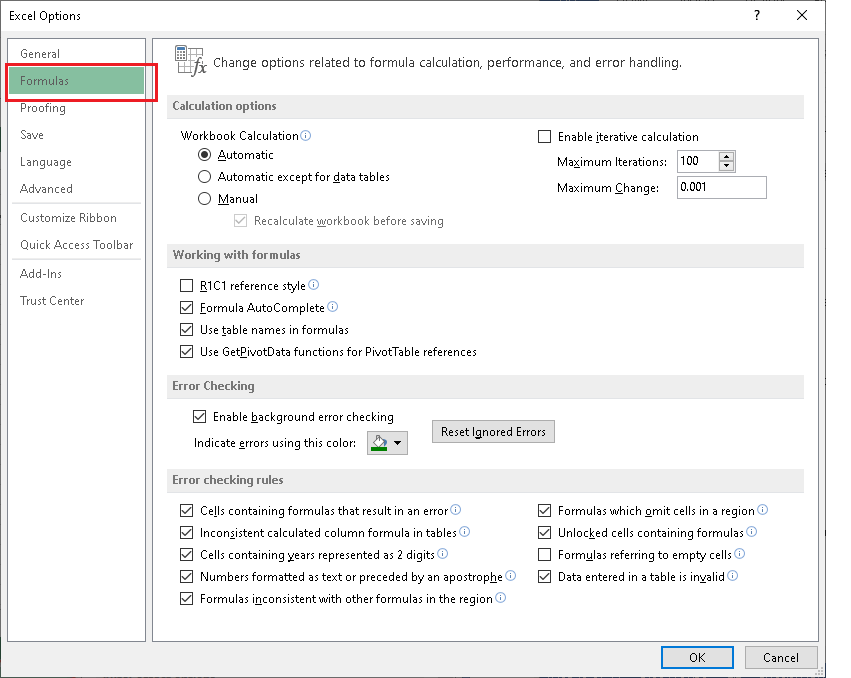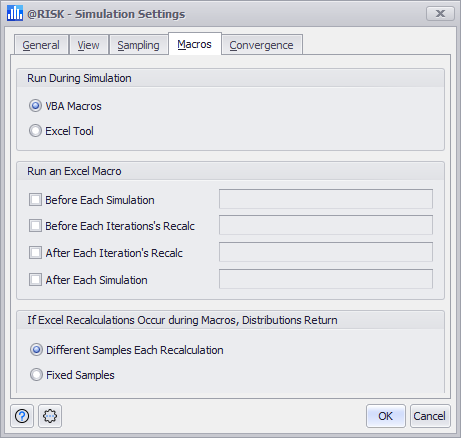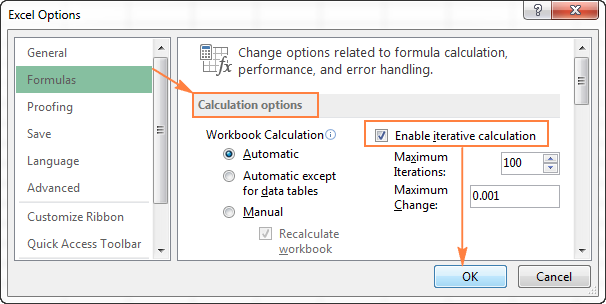
For example, you can create a worksheet in which columns of cells contain data summarizing the number of packages handled during a specific time period and each row represents a region. When you work with large amounts of data, it’s often useful to identify groups of cells that contain related data. This chapter guides you through procedures related to streamlining references to groups of data on your worksheets and creating and correcting formulas that summarize an organization’s business operations. Excel makes it easy to reference several cells at the same time, so you can define your calculations quickly.

Often, you can’t access the information you want without referencing more than one cell, and it’s also often true that you’ll use the data in the same group of cells for more than one calculation. And if you make an error, you can find the cause and correct it quickly. You can also use Excel to discover other information about data you select, such as the maximum or minimum value in a group of cells. One important task you can perform is to calculate totals for values in a series of related cells. For practice file download instructions, see the introduction.Įxcel 2019 workbooks give you a handy place to store and organize your data, but you can do a lot more with your data in Excel than just store it. Is there some way to use a Circular Reference formula in CELL, allowing the Circular Reference to exist, enabling Iterative Calculations with a Maximum Iteration of 1, and most importantly, in some way fixing the 100% result at the end of the column, so the iteration do not drift?.For this chapter, use the practice files from the Excel2019SBS\Ch03 folder. If the maximum iteration is 1, it calculates correctly, but when calculating a second time, the drift starts.

The Circular Reference adds a constant to the linked cells, and I don't find a clear way to "tie" any of the values to a given constant reference (in this case, easily, the final sum shall always be 1). I always end typing manually, tediously, repetitively, the proper value at CELL when that happens. Assume you want to stick with Circular Referentes, by not changing the workbook structure, of by calling a macro, or by calling the Solver each time. 1000 values completing 100% with data from different datasets.

Normally, I have Excel (>2013) worksheets within a structure where all columns sum the same quantity, e.g. A "Maximum Iterations" value of 1 could be an interesting choice, but there are still problems.Īt some moments, I am in the urge to replace a wrong value in a specific cell CELL in a COLUMN with the value =1-TOTALS where TOTALS is the cell holding the result of several sheets, like =SUM(COLUMN).

Circular References in Excel are enabled by setting "Enable Iterative Calculation" at "Options/Formulas".


 0 kommentar(er)
0 kommentar(er)
